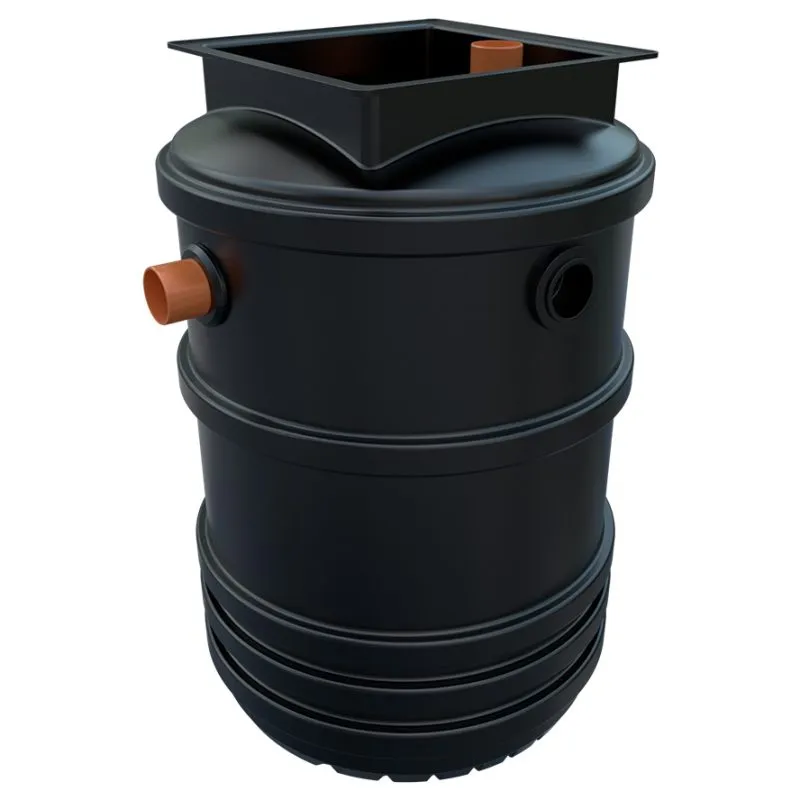If you purchase an independently reviewed product or service through a link on our website, BGR may receive an affiliate commission.
For years, scientists were puzzled by a strange part of the ocean just south of Greenland that didn’t behave like the rest of the planet. While ocean temperatures across the globe have climbed steadily, this region, nicknamed the Atlantic Warming Hole, has cooled by nearly half a degree Fahrenheit over the last century. Now, researchers say they may have solved the mystery.
Despite its name, this location isn’t warm at all. It’s actually a cold zone in the North Atlantic where temperatures have dropped even as the rest of the ocean warms. That kind of anomaly has serious implications, especially for climate forecasting. The main question, though, is what could possibly cause this cooling in a rapidly warming world?
Today's Top Deals
Best deals: Tech, laptops, TVs, and more sales
Best Ring Video Doorbell deals
Memorial Day security camera deals: Reolink’s unbeatable sale has prices from $29.98
According to new research published in Communications Earth and Environment, the answer lies in the slowing of a major system of ocean currents called the Atlantic Meridional Overturning Circulation, or AMOC. This network moves warm water from the tropics northward, where it cools, sinks, and flows back south. It’s one of the key drivers of the planet’s climate.
When the AMOC slows down, it disrupts this flow of heat. Less warm water reaches the North Atlantic, and the surface cools as a result. The researchers found that only climate models including this slowdown could recreate the observed temperature patterns in the Atlantic Warming Hole.
To reach this conclusion, scientists analyzed over a century of temperature data, which serve as indirect indicators of the ocean’s current strength. They also used dozens of computer models to simulate how different changes would affect ocean temperatures. Only those with a weakened AMOC lined up with the observed cooling trend.
Understanding the Atlantic Warming Hole is important because this cold patch influences rainfall and wind patterns across Europe and can disrupt marine ecosystems. And as the AMOC continues to slow, some scientists warn of broader disruptions to weather and climate systems.
More Top Deals
Amazon gift card deals, offers & coupons 2025: Get $2,000+ free
Sign up for BGR's Newsletter. For the latest news, follow us on Facebook, Twitter, and Instagram.
See the original version of this article on BGR.com











![LED Billboard Market Latest Report: Valuation and Growth Insights {2029} [3780.56M, 9.1%]](https://noticiasdecostarica.com/zb_users/upload/2025/07/20250714015451175242929125907.png)

